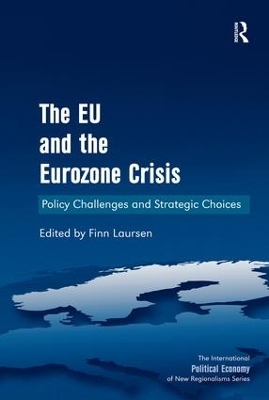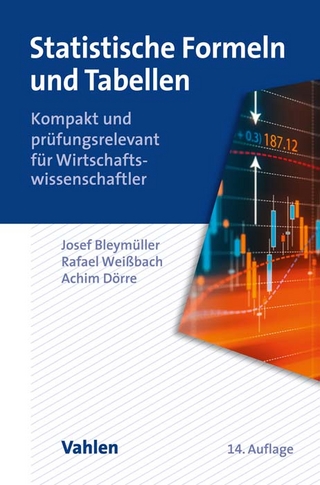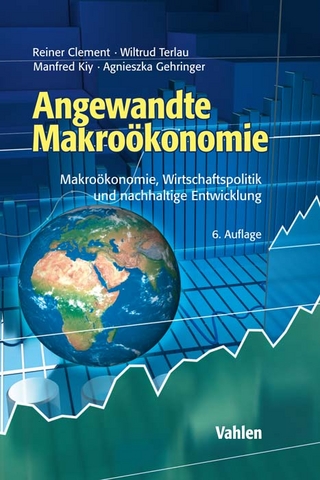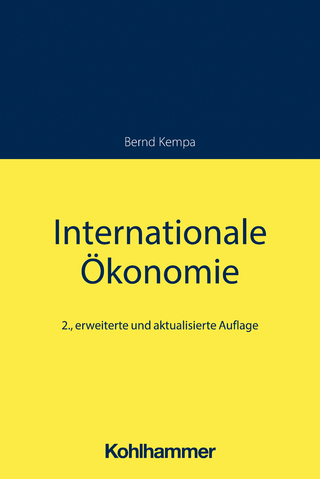
The EU and the Eurozone Crisis
Routledge (Verlag)
978-1-4094-5729-9 (ISBN)
The global financial crisis, which started in the United States in 2007, spread to Europe in 2009. It especially hit Portugal, Ireland, Italy, Greece, and Spain, countries which have introduced the single currency, the euro. These eurozone countries no longer have monetary policy autonomy, so they do not have the option of devaluation to increase competitiveness. The crisis has shown that the Economic and Monetary Union (EMU) created in 1993, and which led to the single currency in 1999, is faulty. Its built-in asymmetry, with centralised monetary policy and decentralised fiscal policy, should be expected to create problems. Part of the response to the crisis so far has been incremental moves towards fiscal and banking union, which will mean a deepening of European integration at a time when many observers believed that a certain equilibrium had been reached after the entry into force of the Lisbon Treaty in 2009. This book focuses on these developments as well as analysing other economic policies that affect the general economic welfare of the EU, including agriculture, trade and immigration policies. The book puts the eurozone crisis into the wider context of deepening and widening.
Finn Laursen, Canada Research Chair in EU Studies and Professor of Political Science, Dalhousie University, Halifax, NS, Canada.
Part I Introduction; Chapter 1 The Eurozone Crisis and Other Policy Challenges in the EU, Finn Laursen; Part II The Eurozone Crisis; Chapter 2 Eurozone: Creeping Decay, Sudden Death or Magical Solution?, Kurt Hübner; Chapter 3 The Eurozone Crisis and the Fiscal Treaty: Implications for the Social Dimension and Democracy, Robert Finbow; Chapter 4 Britain and Monetary Union, Alasdair Blair; Part III Other Policy Developments and Challenges; Chapter 5 The Common Agricultural Policy: The Right Path versus Blind Alleys, Jacek Chotkowski, Benon Gazi?ski; Chapter 6 New Challenges for EU Trade Policy-making: Why is the EU Pursuing a Comprehensive Economic and Trade Agreement with Canada?, Stefanie Rosskopf; Part IV Deepening, Widening or Multispeed Integration?; Chapter 7 Direct Democracy: Remedying the Democratic Deficit?, Ece Ozlem Atikcan; Chapter 8 Europe After the Greek Default: Widening, Deepening, or Splitting?, Imtiaz Hussain; Chapter 9 Chronic Anxiety: Schengen and the Fear of Enlargement, Ruben Zaiotti; Chapter 10 Crossroads of Integration? The Future of Schengen in the Wake of the Arab Spring, Kiran K. Phull, John B. Sutcliffe; partV Concluding Chapter; Chapter 11 Equilibrium, Further Deepening or More ‘Variable Geometry’: Reflections on the Future of European Integration, Finn Laursen;
| Reihe/Serie | New Regionalisms Series |
|---|---|
| Verlagsort | London |
| Sprache | englisch |
| Maße | 156 x 234 mm |
| Gewicht | 589 g |
| Themenwelt | Wirtschaft ► Volkswirtschaftslehre ► Makroökonomie |
| ISBN-10 | 1-4094-5729-X / 140945729X |
| ISBN-13 | 978-1-4094-5729-9 / 9781409457299 |
| Zustand | Neuware |
| Haben Sie eine Frage zum Produkt? |
aus dem Bereich


